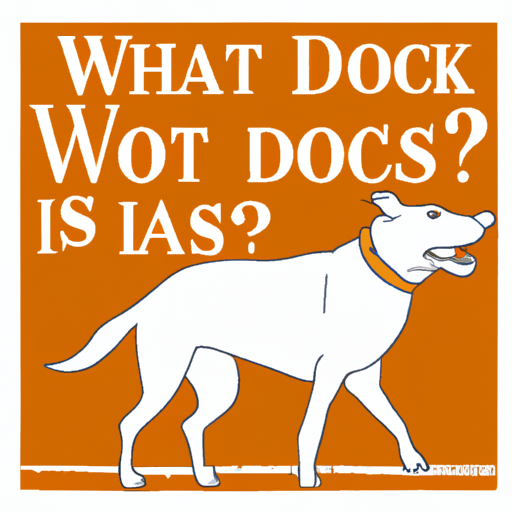Despite their reputation as ‘man’s best friend’, there are instances when dogs behave aggressively. Understanding why dogs attack is the first step toward preventing such incidents and ensuring the safety of both humans and pets.
Understanding Canine Behavior
It’s important to appreciate the fact that dogs, like humans, have a wide range of emotions. They also communicate differently than we do.
- Fear: Dogs often attack out of fear. This could be a fear of strangers, other animals, or certain situations.
- Dominance: Some dogs are naturally more dominant than others and may attack to assert their dominance.
- Territoriality: Dogs are territorial creatures and may attack if they feel their territory is being threatened.
Your Role as a Caregiver
As a caregiver, understanding your dog’s behavior can greatly reduce the chances of an attack.
- Use positive reinforcement: Reward your dog for good behavior.
- Get professional help: If your dog shows signs of aggression, consult with a vet or a professional dog trainer.
- Early socialization: Expose your dog to different people, environments, and other animals while they’re still young.
Recognizing Warning Signs
Dogs tend to exhibit warning signs before they attack. Recognizing these signs can help you prevent an attack.
| Warning Signs | Decription |
|---|---|
| Growling | A low, guttural sound usually indicating a threat or discomfort. |
| Lip licking | Dogs often lick their lips when they’re nervous or anxious. |
| Hard stare | A direct, hard stare from a dog, especially accompanied by stiffness, can mean that they’re feeling threatened. |
How to React During a Dog Attack
In the unfortunate circumstance that a dog does attack, knowing how to react can minimize harm.
- Don’t panic: Your fear can escalate the situation. Stay calm and move slowly.
- Don’t run: Running can trigger the dog’s chase instinct.
- Protect yourself: If possible, put something between you and the dog, such as a bag or jacket.
Preventing Future Attacks
The best way to handle a dog attack is to prevent it from happening in the first place.
- Train your dog: Teach your dog basic commands like ‘sit’, ‘stay’, and ‘leave it’.
- Exercise your dog: Regular exercise can help to reduce aggression in dogs.
- Neuter your dog: Neutering can reduce aggression, especially in male dogs.
Frequently Asked Questions
Q: Are certain breeds more prone to attack?
A: While some breeds have a reputation for being more aggressive, any dog, regardless of breed, can become aggressive under certain circumstances.
Q: Is it safe to break up a dog fight?
A: It can be very dangerous to intervene in a dog fight. If it’s necessary to break up a fight, use a loud noise or water to distract the dogs.
Q: How can I socialize my dog?
A: You can socialize your dog by gradually exposing them to different people, environments, and other animals. Start this process when they’re young, if possible.
Q: Can I train an older dog not to attack?
A: Yes, you can train an older dog not to attack. However, it might take more time and patience compared to training a younger dog.
Q: What should I do if my dog bites someone?
A: If your dog bites someone, it’s important to remain calm. Provide first aid if necessary and contact a professional for advice on how to handle the situation.



